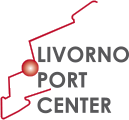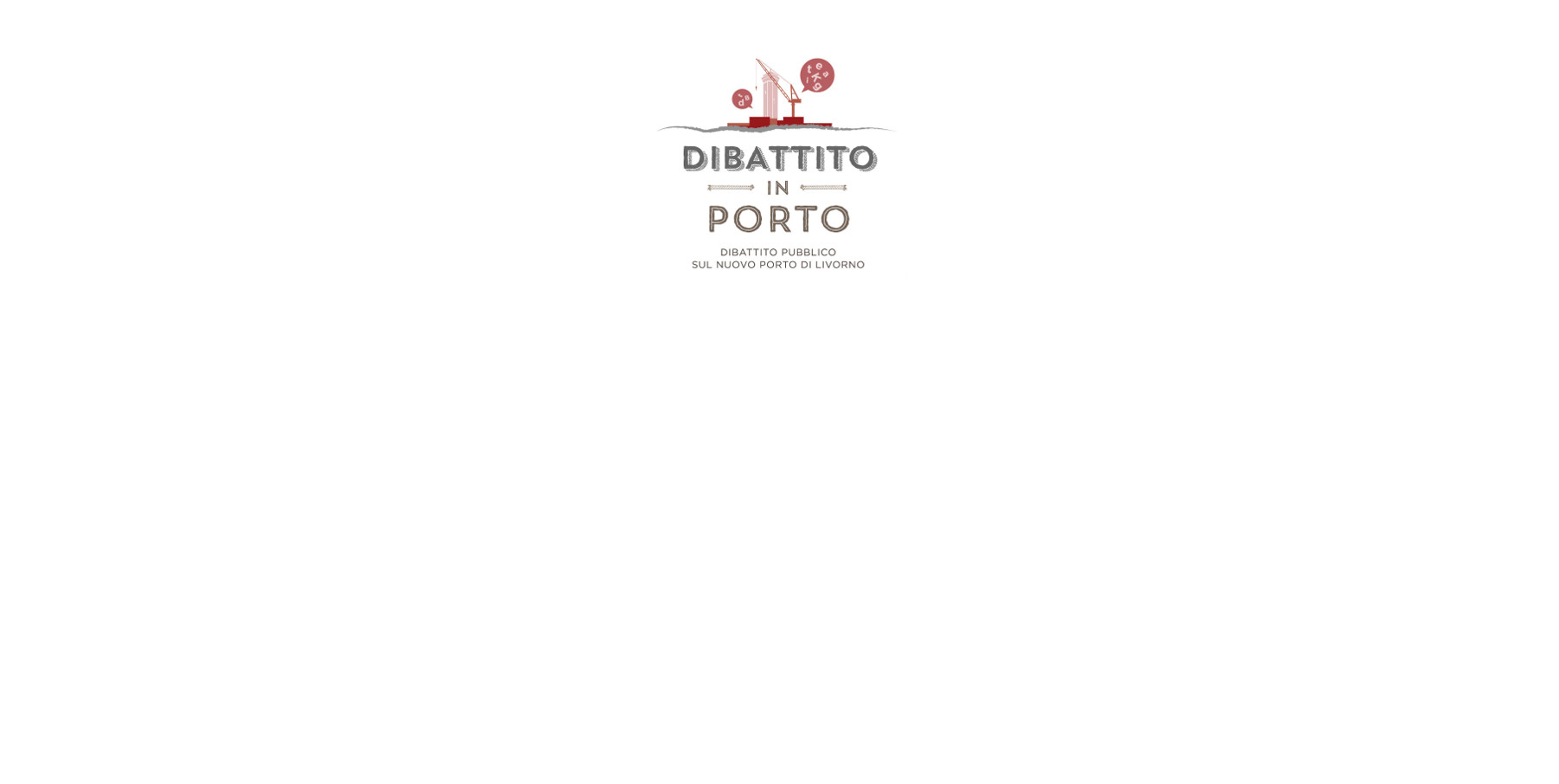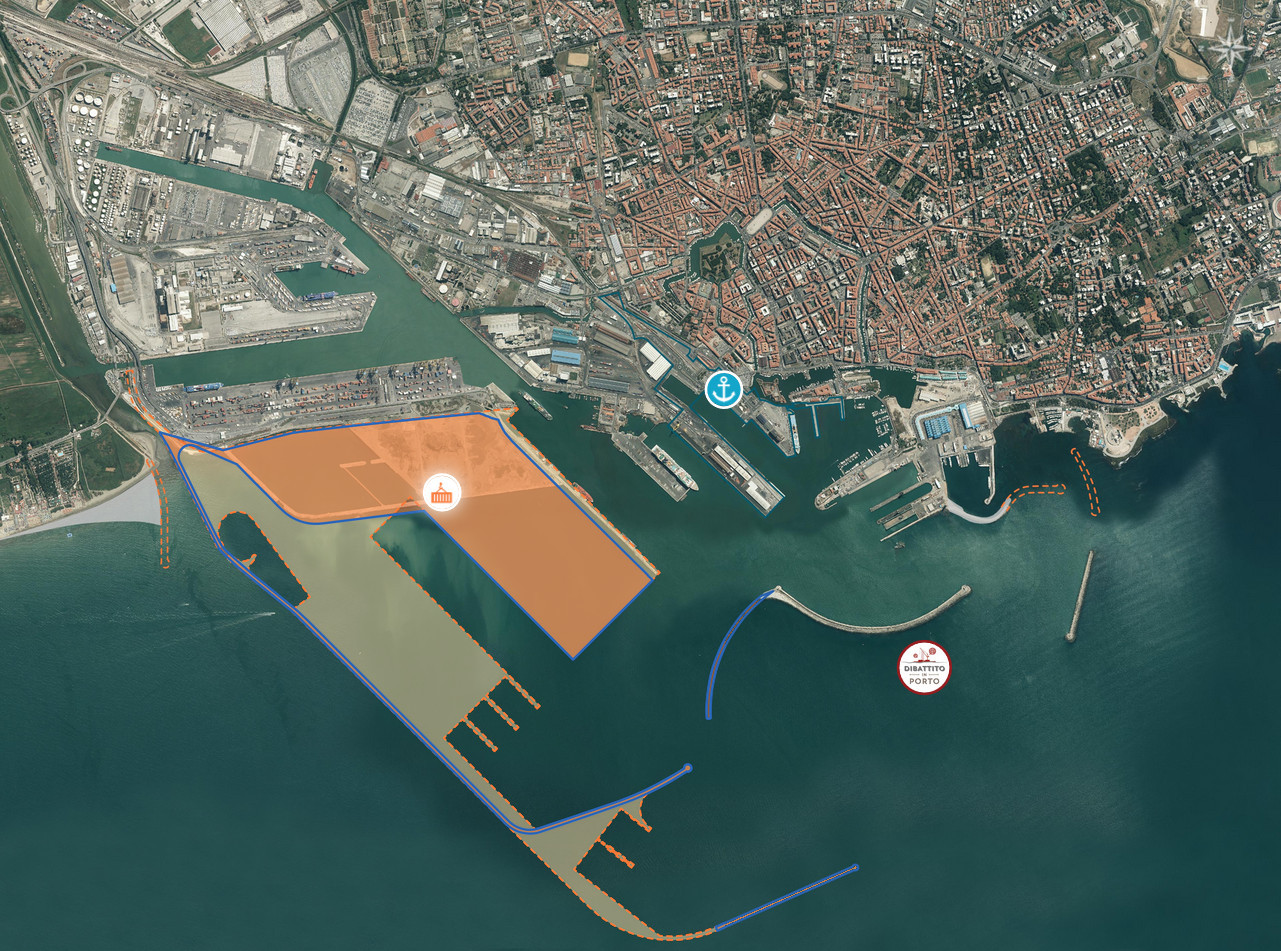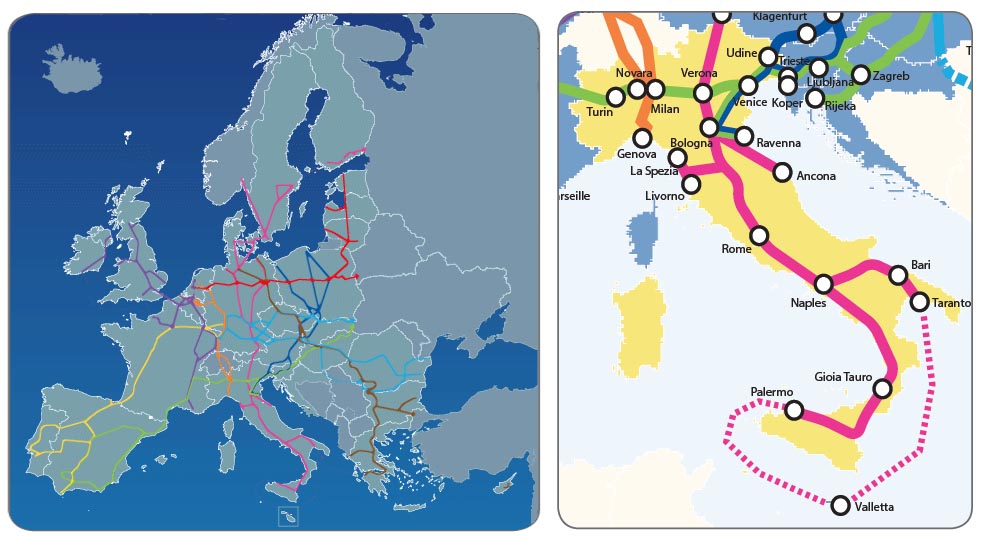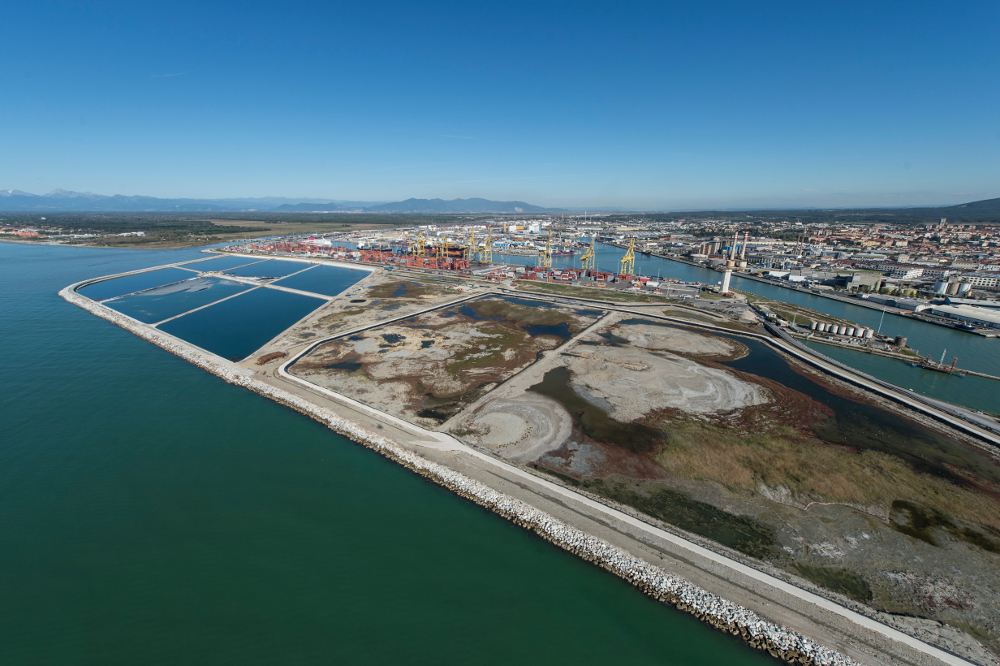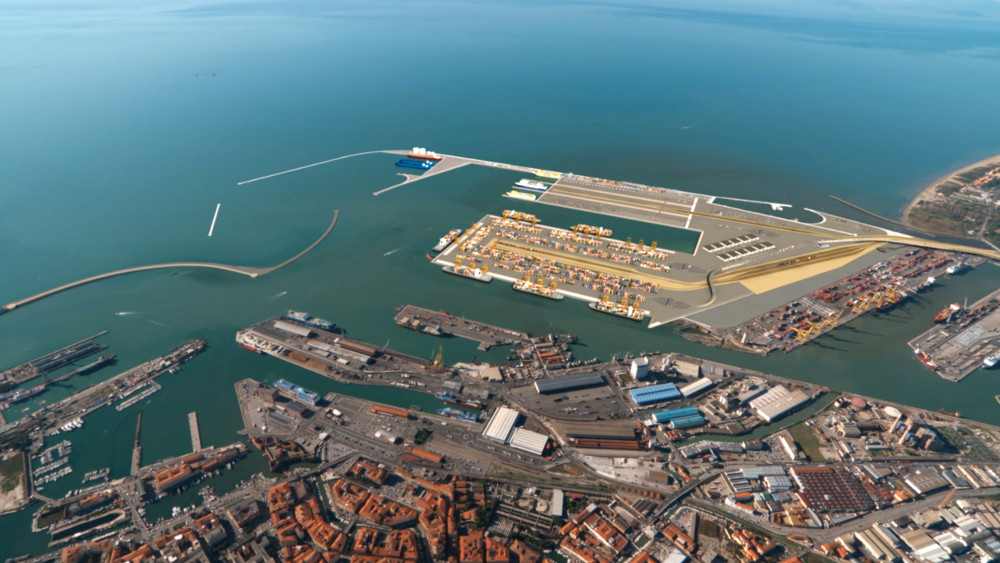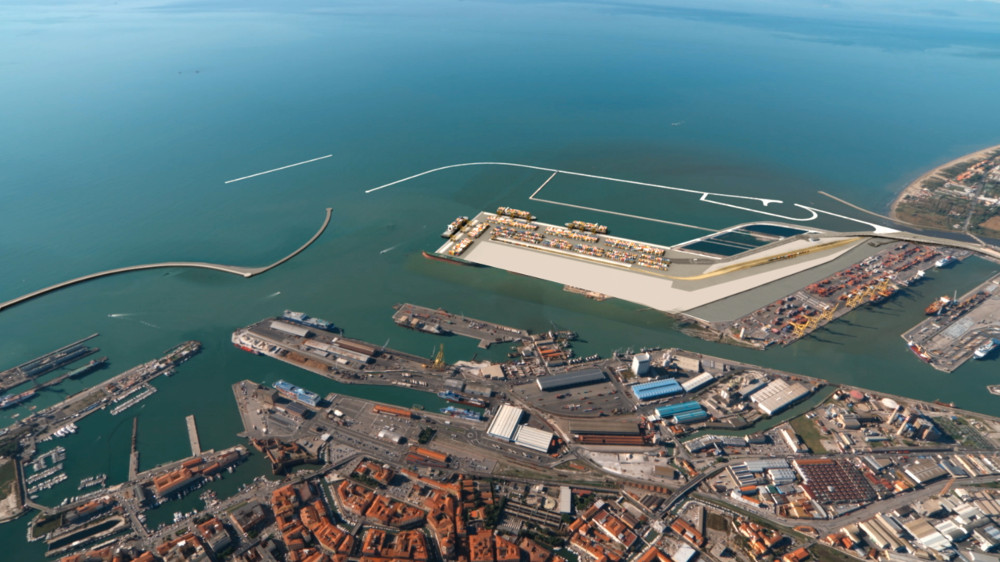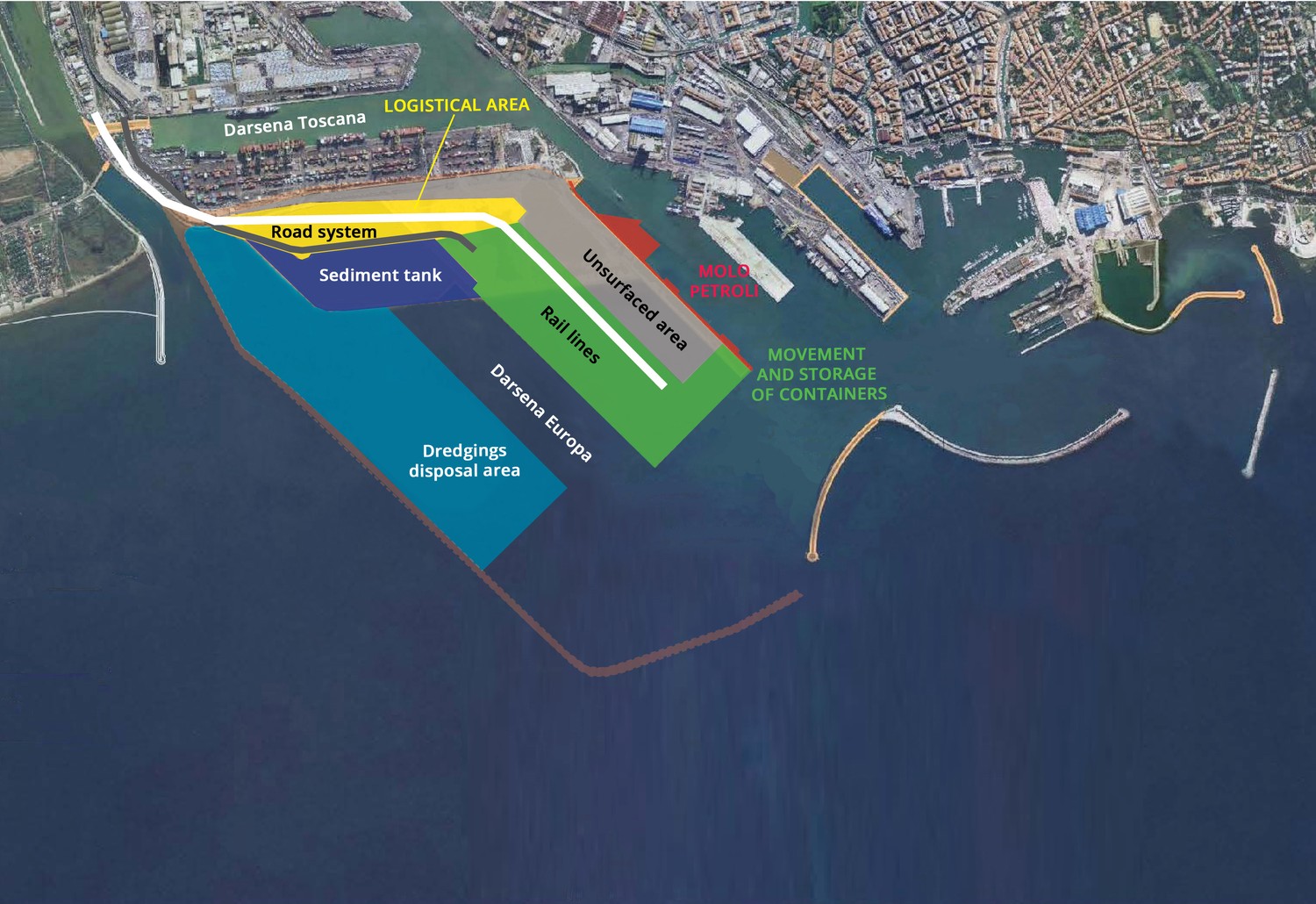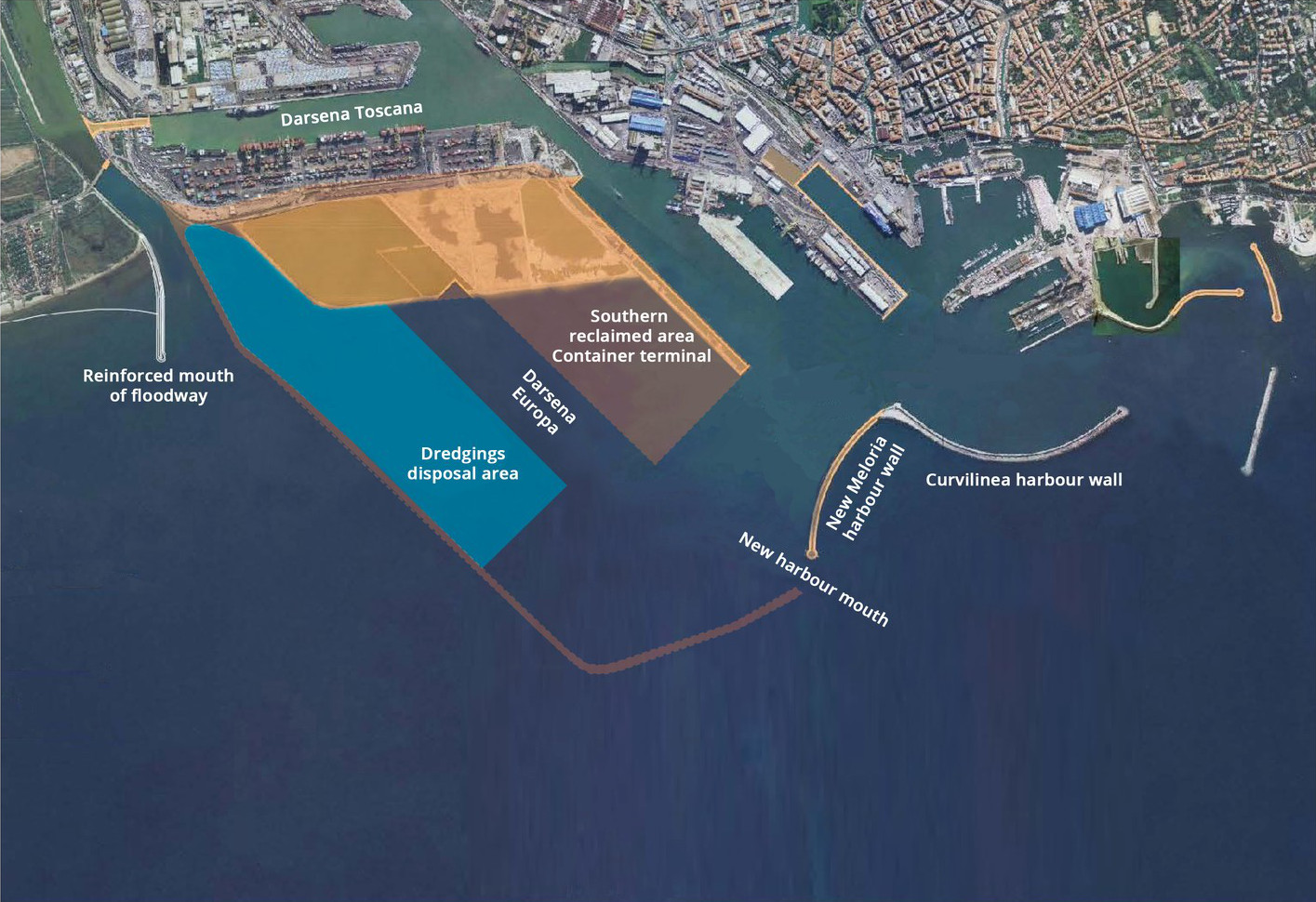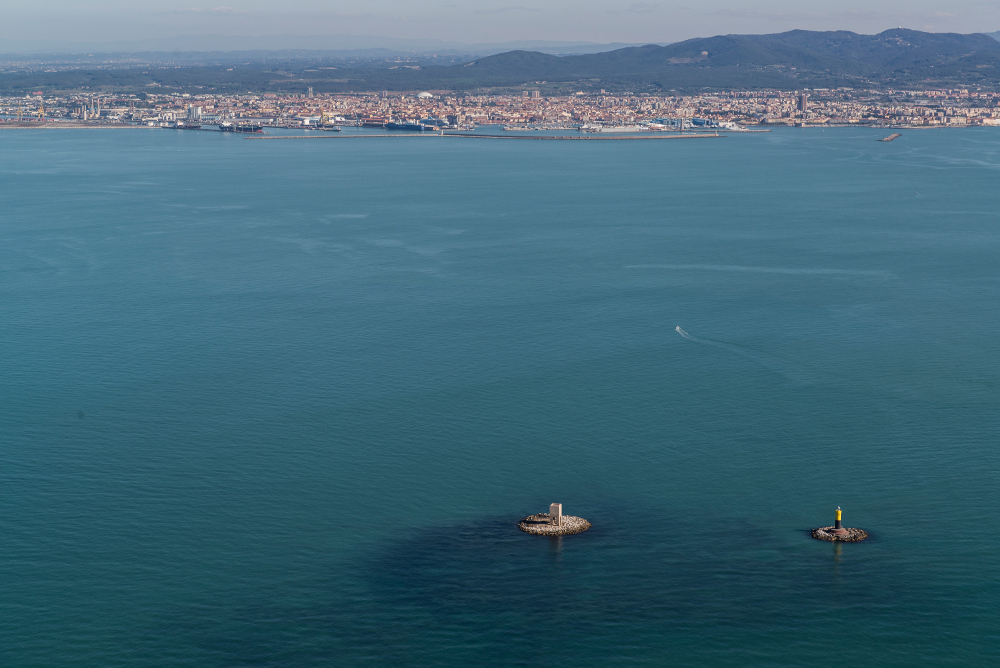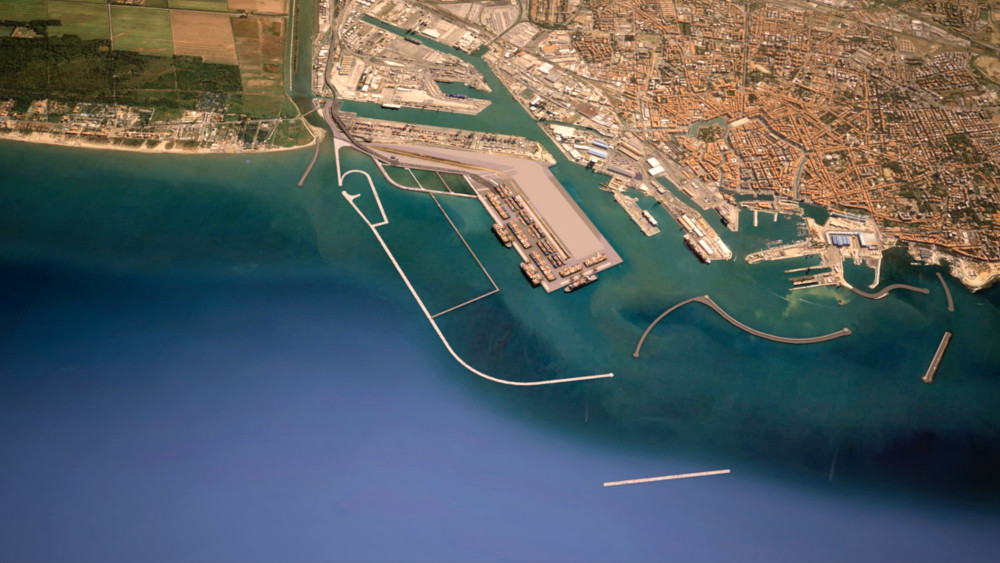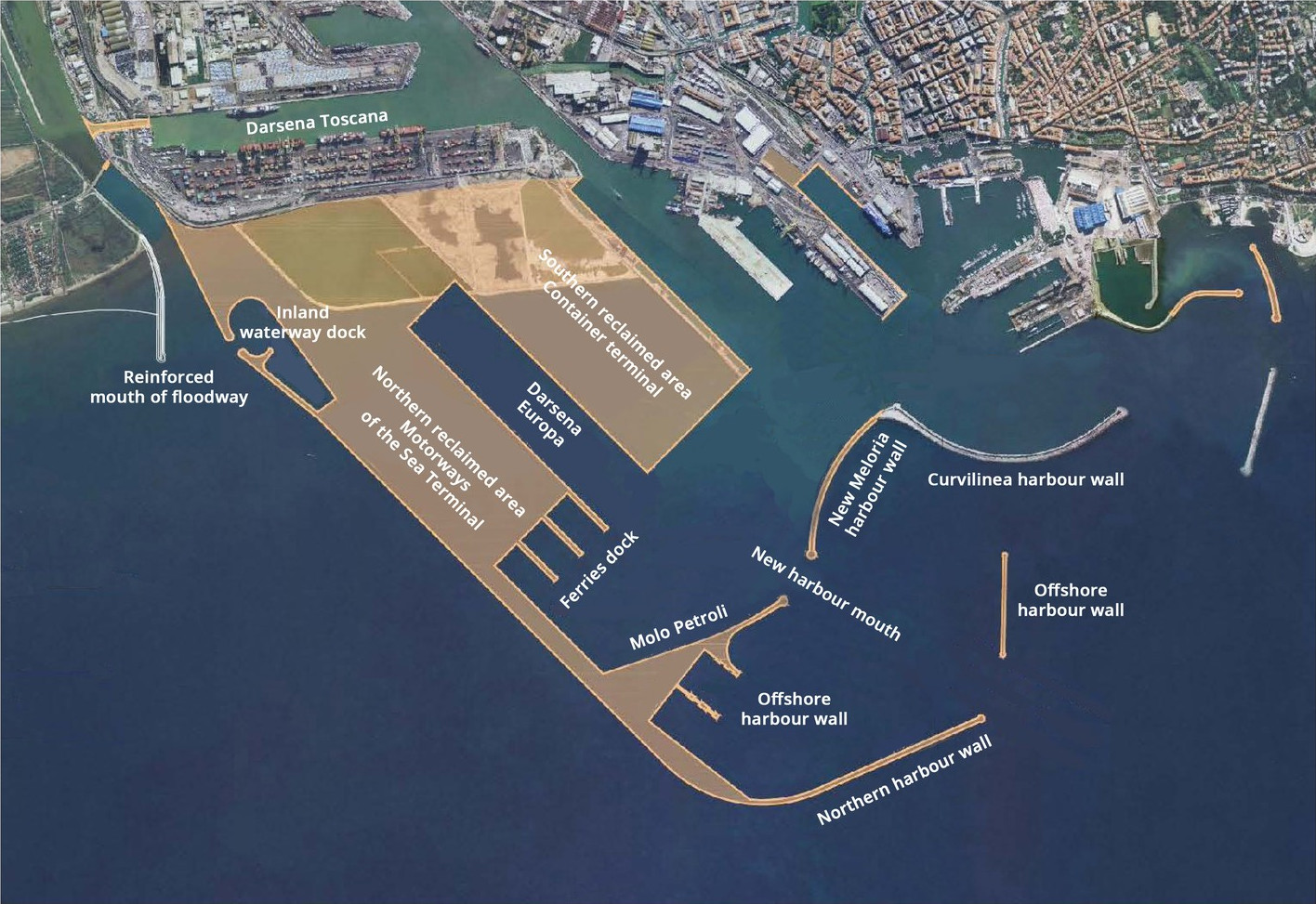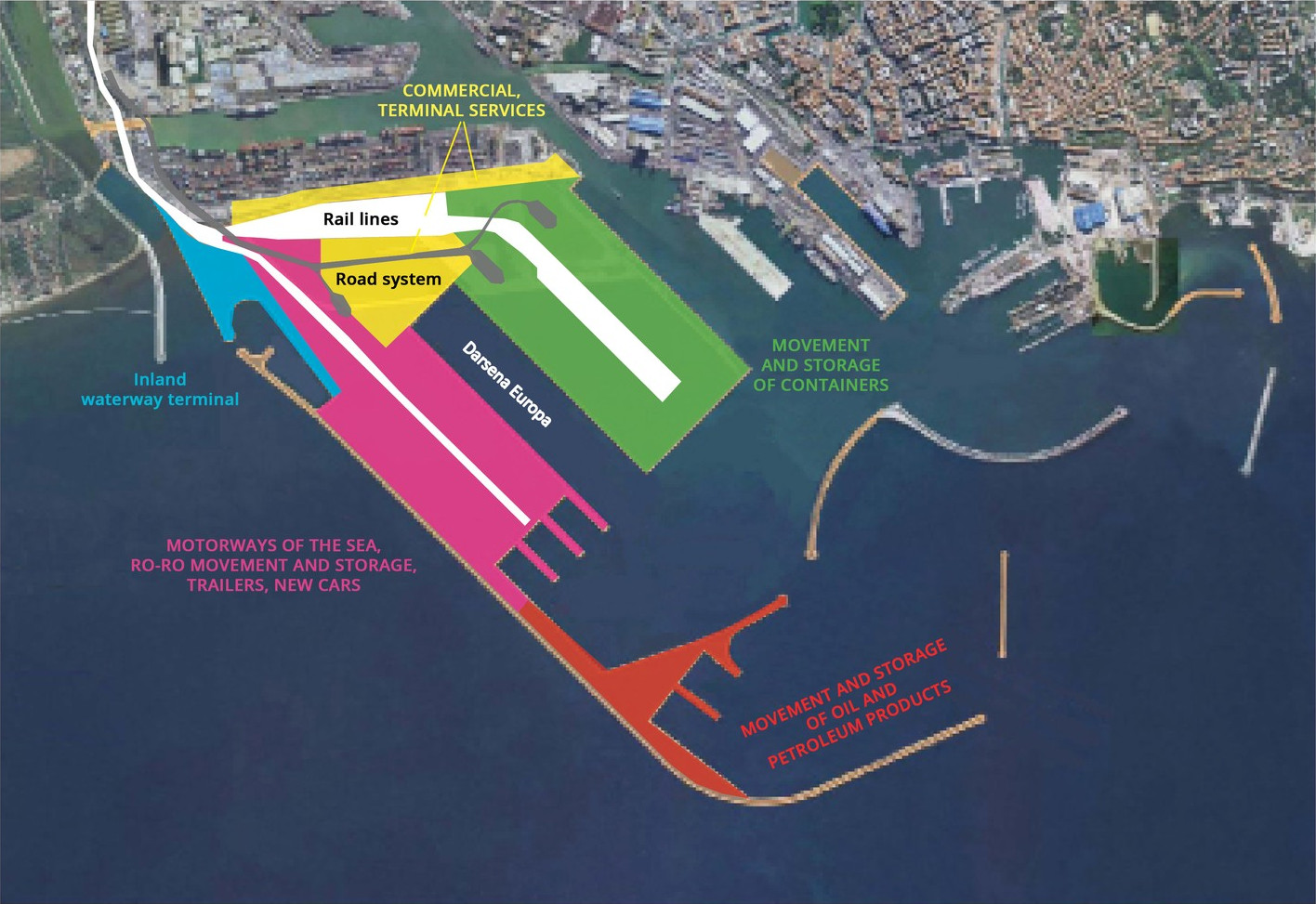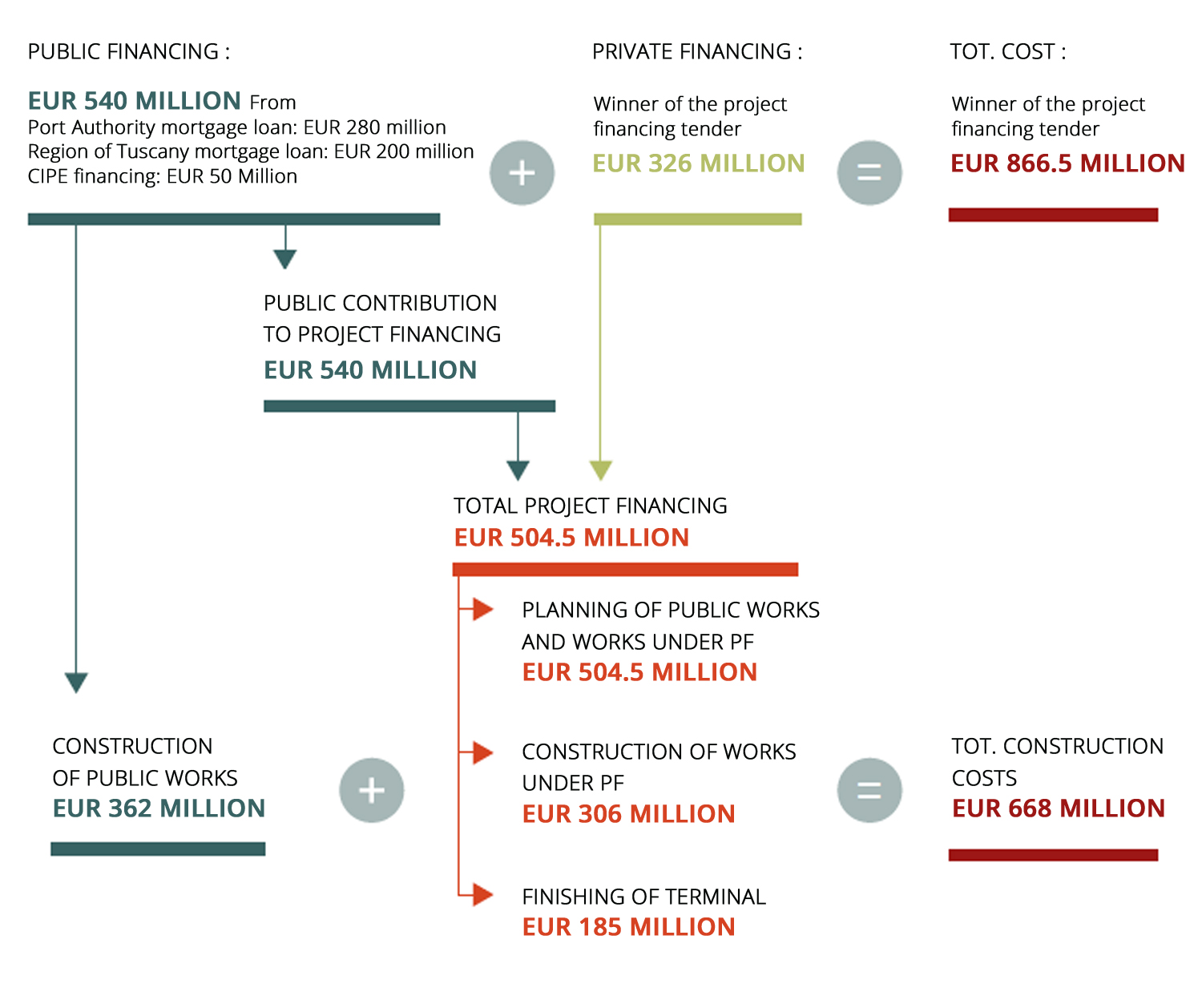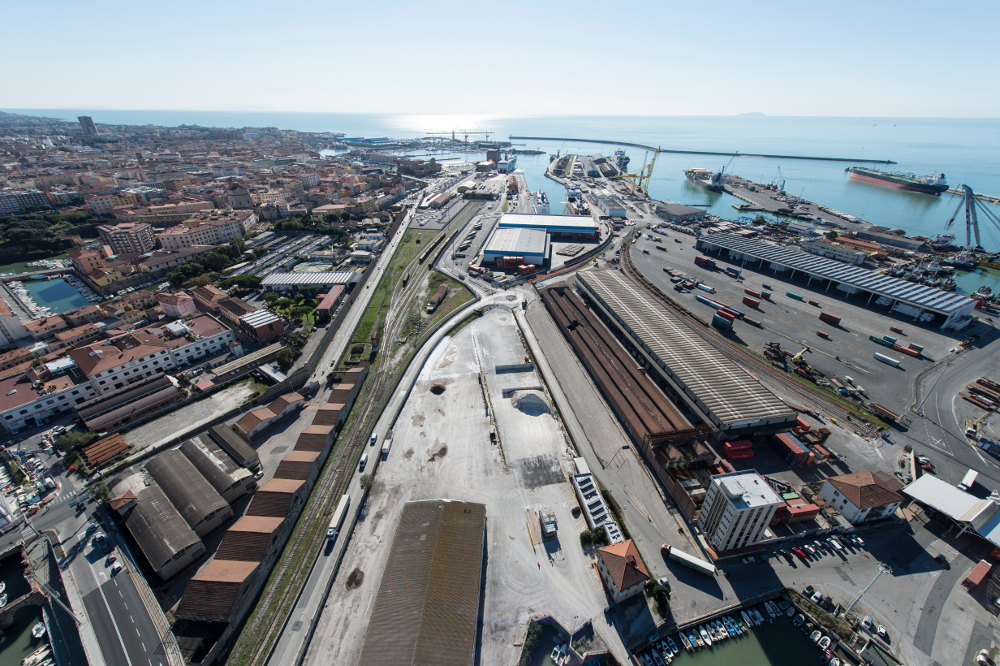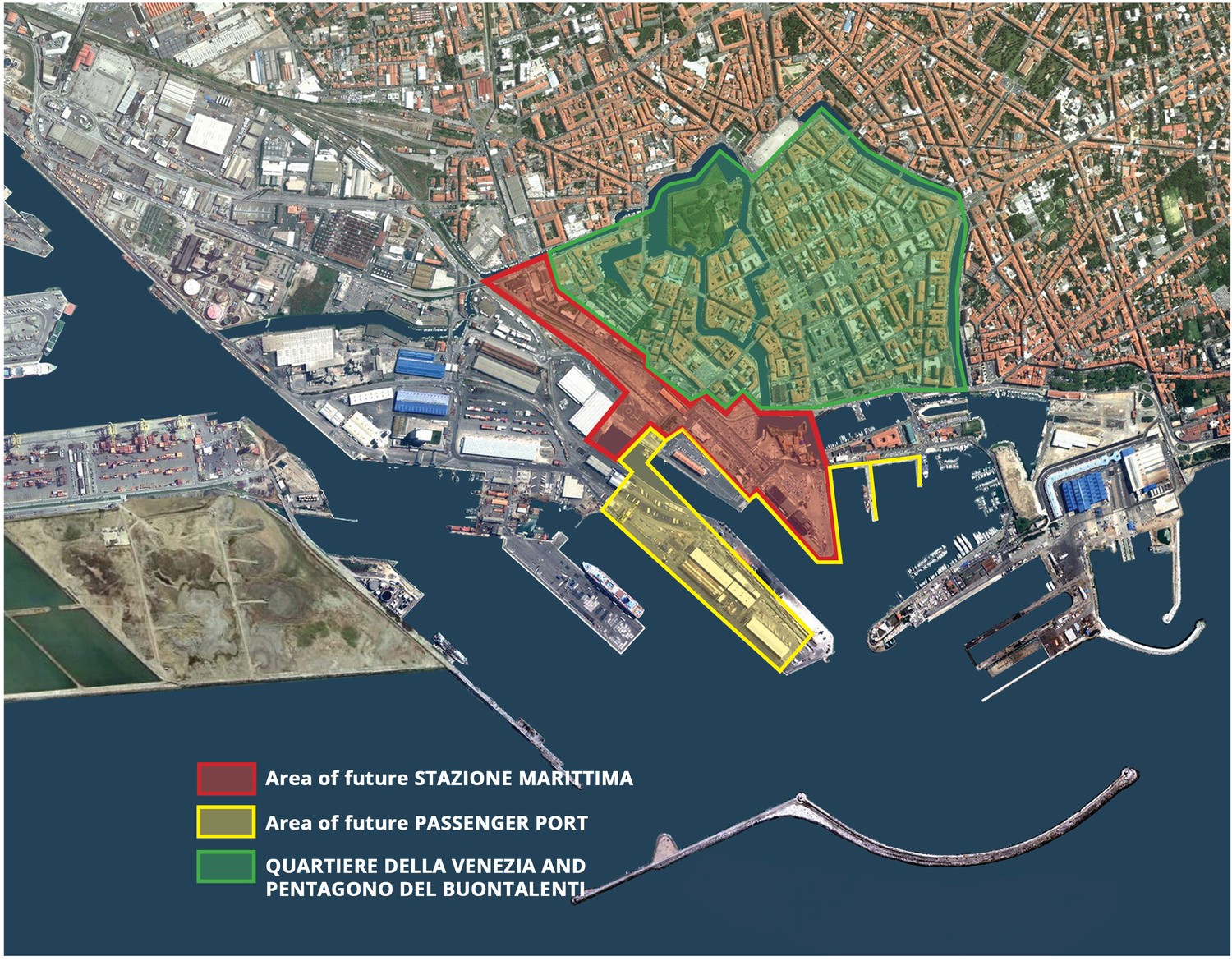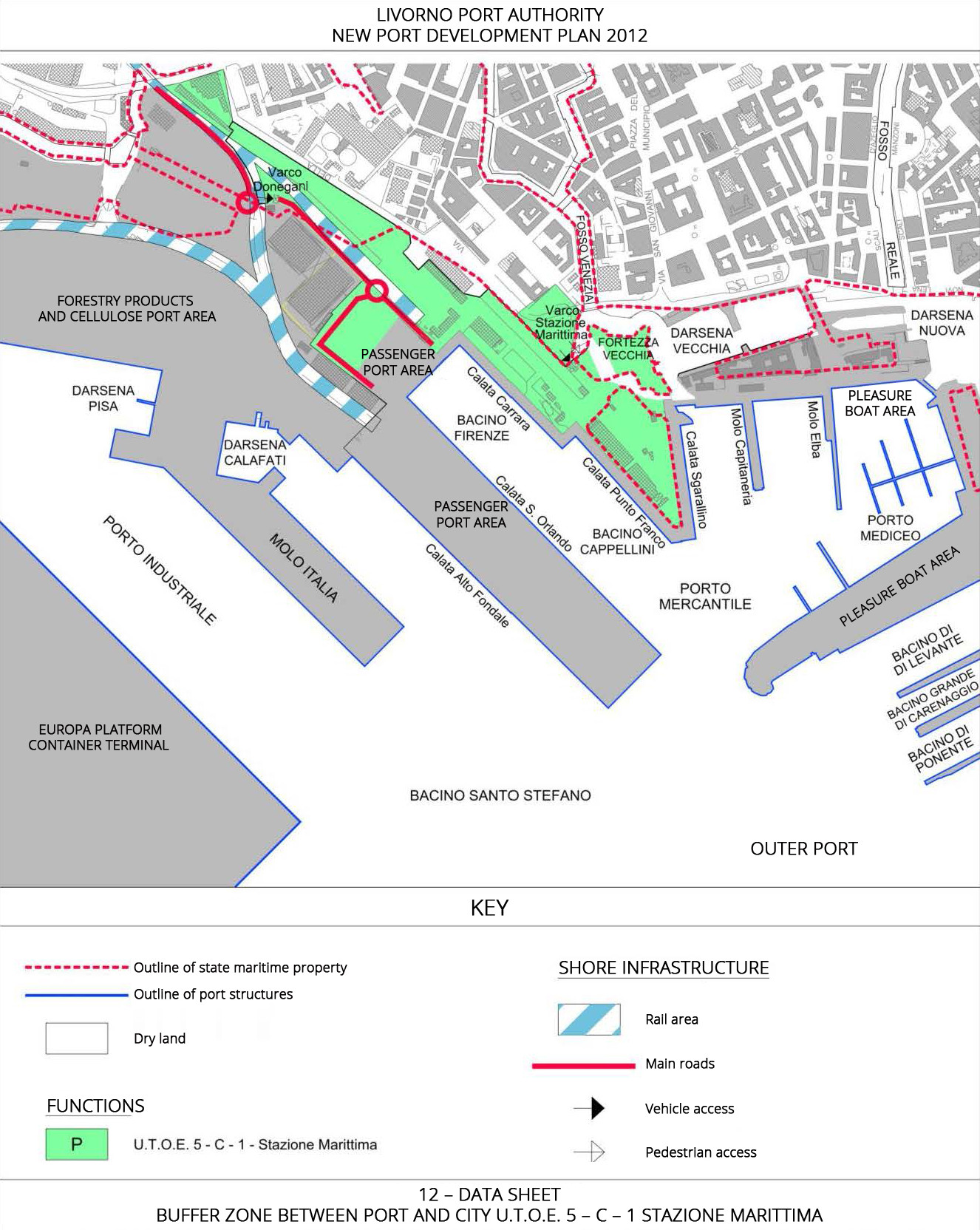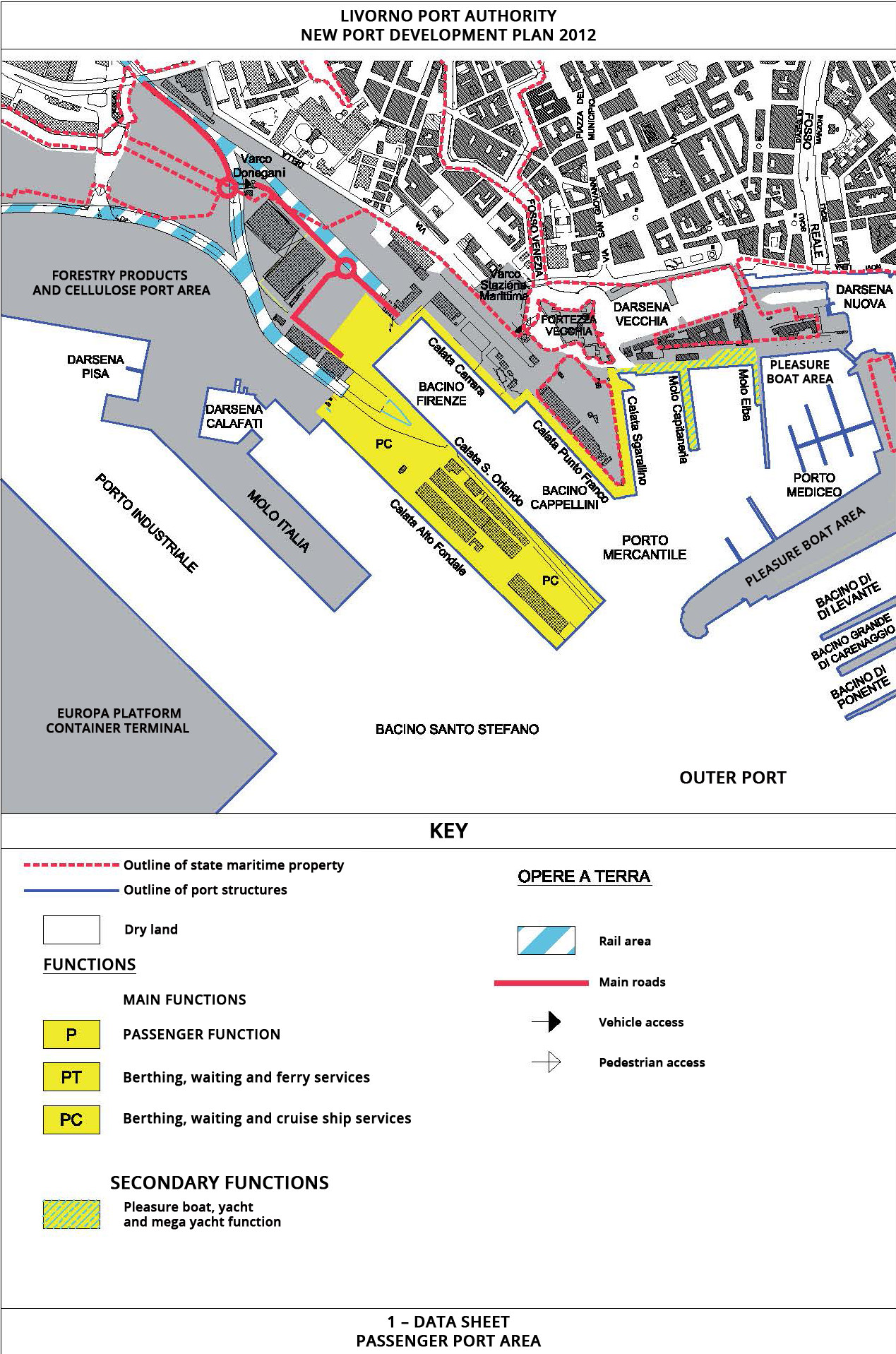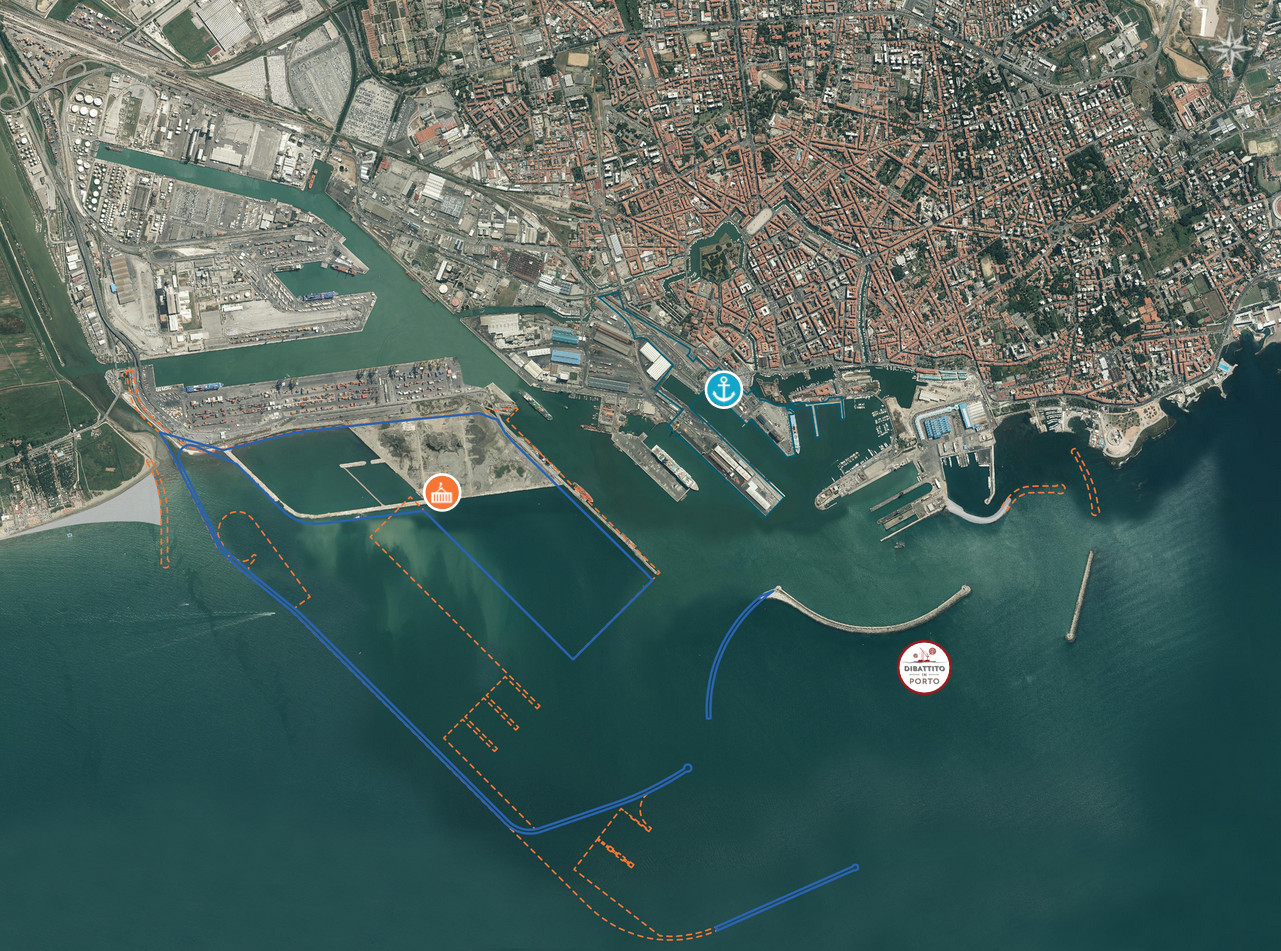
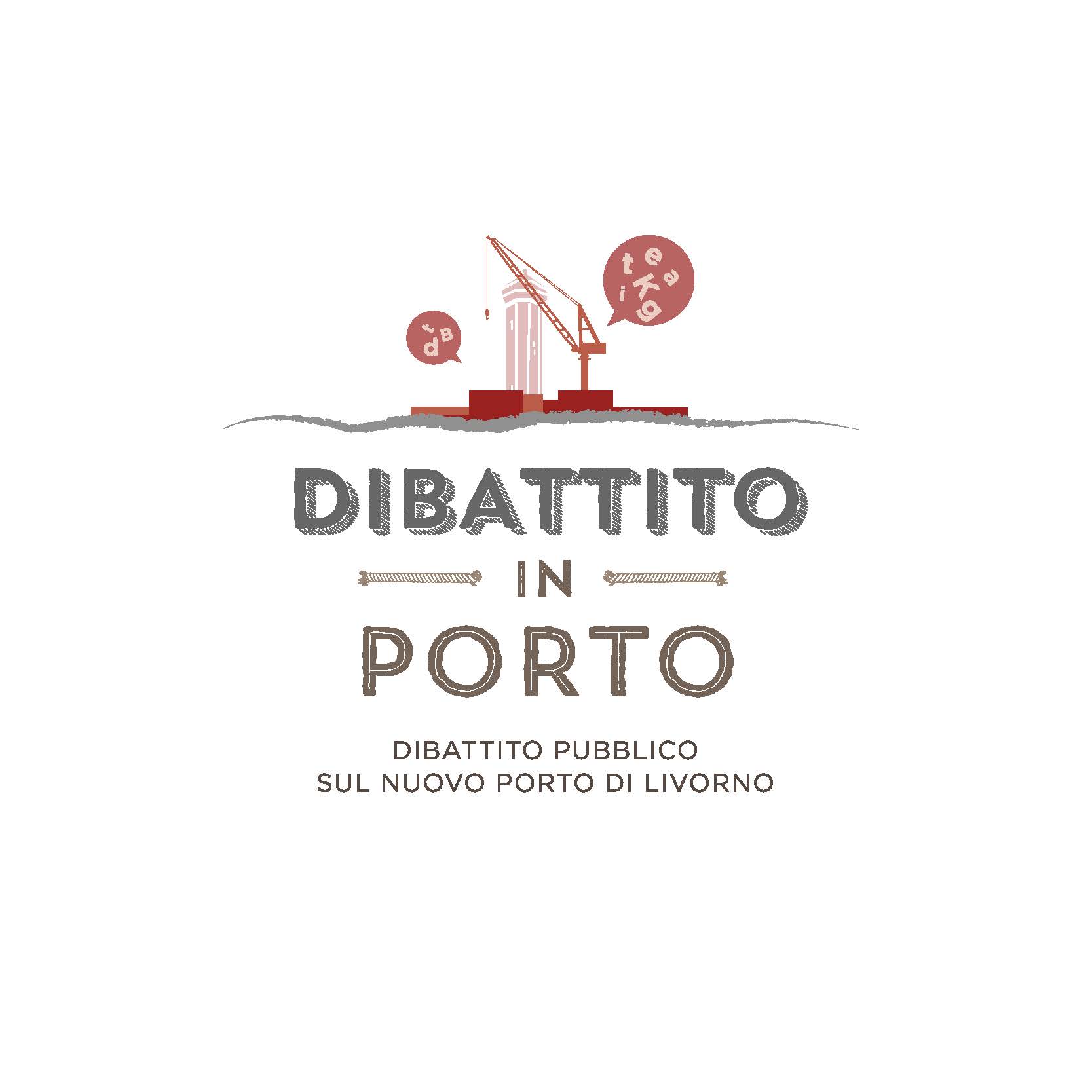
It is a process of information, discussion and debate about works and projects of considerable importance for the regional community, involving environmental, local, conservation, social, cultural and economic issues. With Regional Law No 46/2013 the Region of Tuscany made it mandatory to conduct a Public Debate in relation to any public or private works involving total investment of over EUR 50 million.
In the next few years the Port of Livorno will undergo important transformation involving expansion of the seaward areas of the port, as well as reorganisation of existing areas and functions.
The Public Debate on these works took place between April and June 2016 through information sessions, visits to the Port of Livorno and workshops. These events are open to the public, including those working in the port, citizens and citizen associations, and residents of Livorno and elsewhere.
The Livorno Port Authority will not be bound to implement the results of the Public Debate. However it undertakes, publicly and in advance, to give these results the utmost consideration, explaining its reasons for adopting or rejecting them.

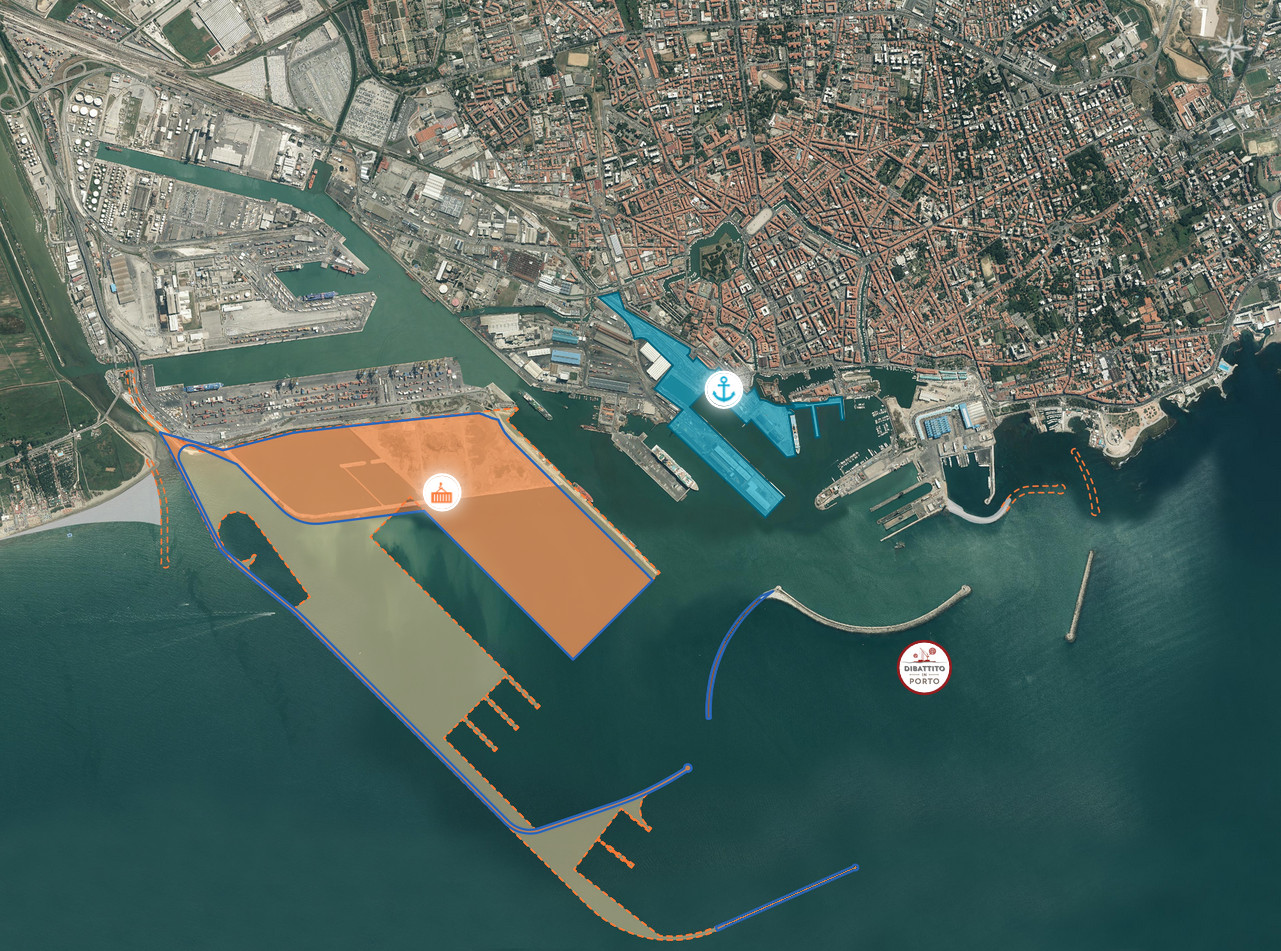

Piattaforma Europa
Stazione Marittima







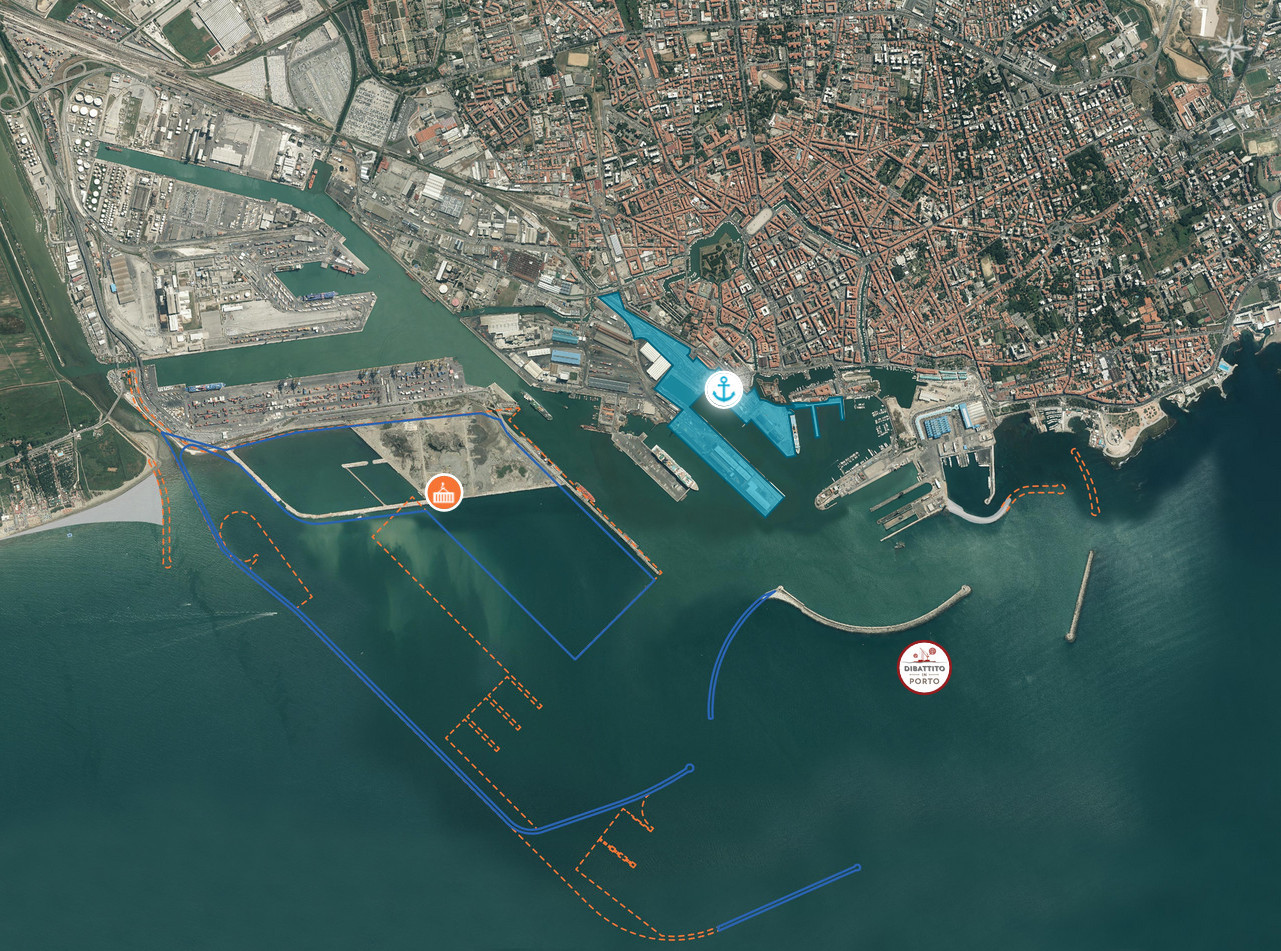

Piattaforma Europa
Stazione Marittima






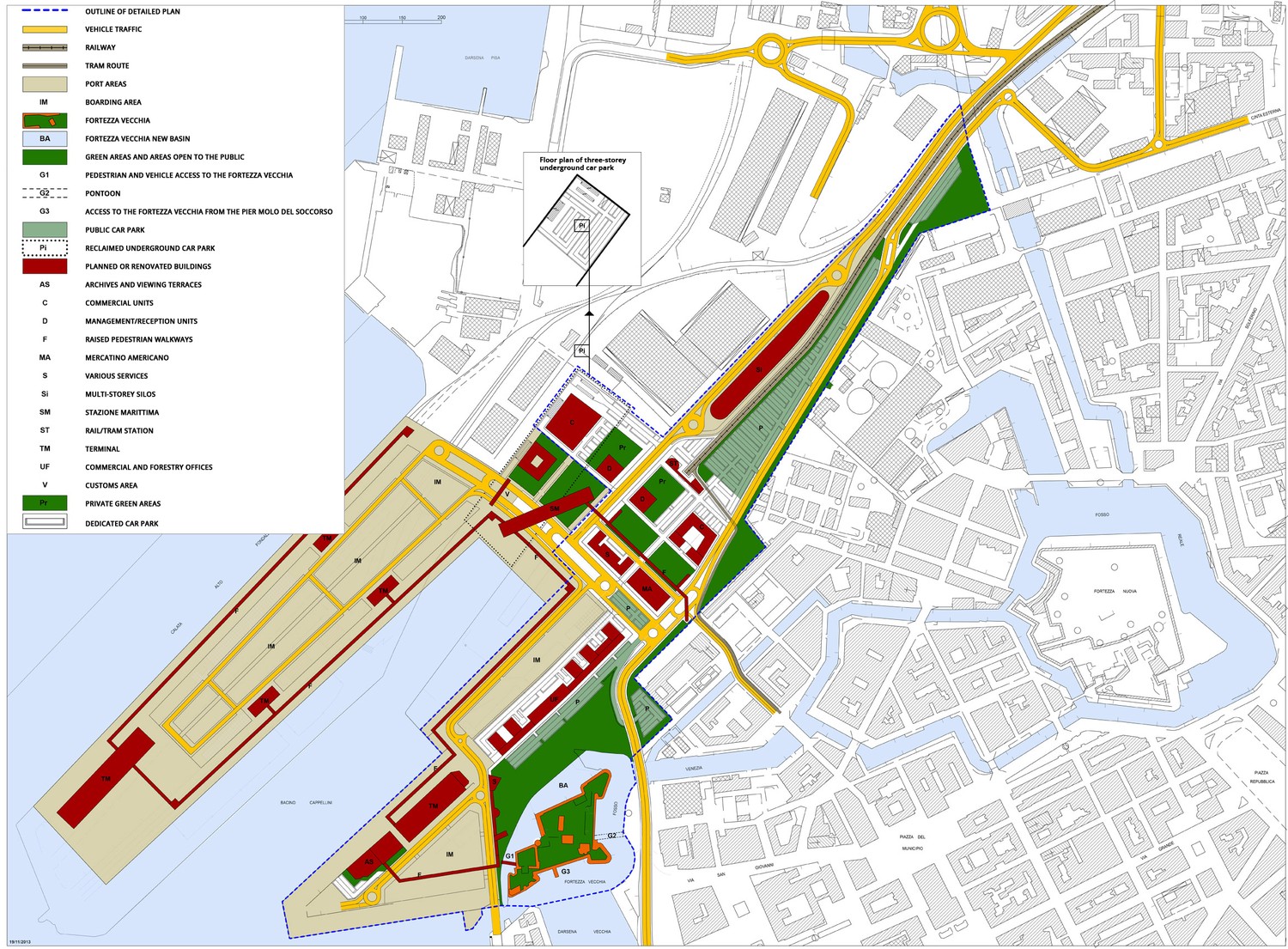
Functions
The area will have to act as buffer zone between the port area and the city proper. Buildings will have to be chosen for demolition, renovation and complete rebuilding, distinguishing between free- and restricted- access areas in accordance with the port area safety regulations.
A new Stazione Marittima or passenger terminal will be built in a central position, connected to the various terminals directly on the quays.
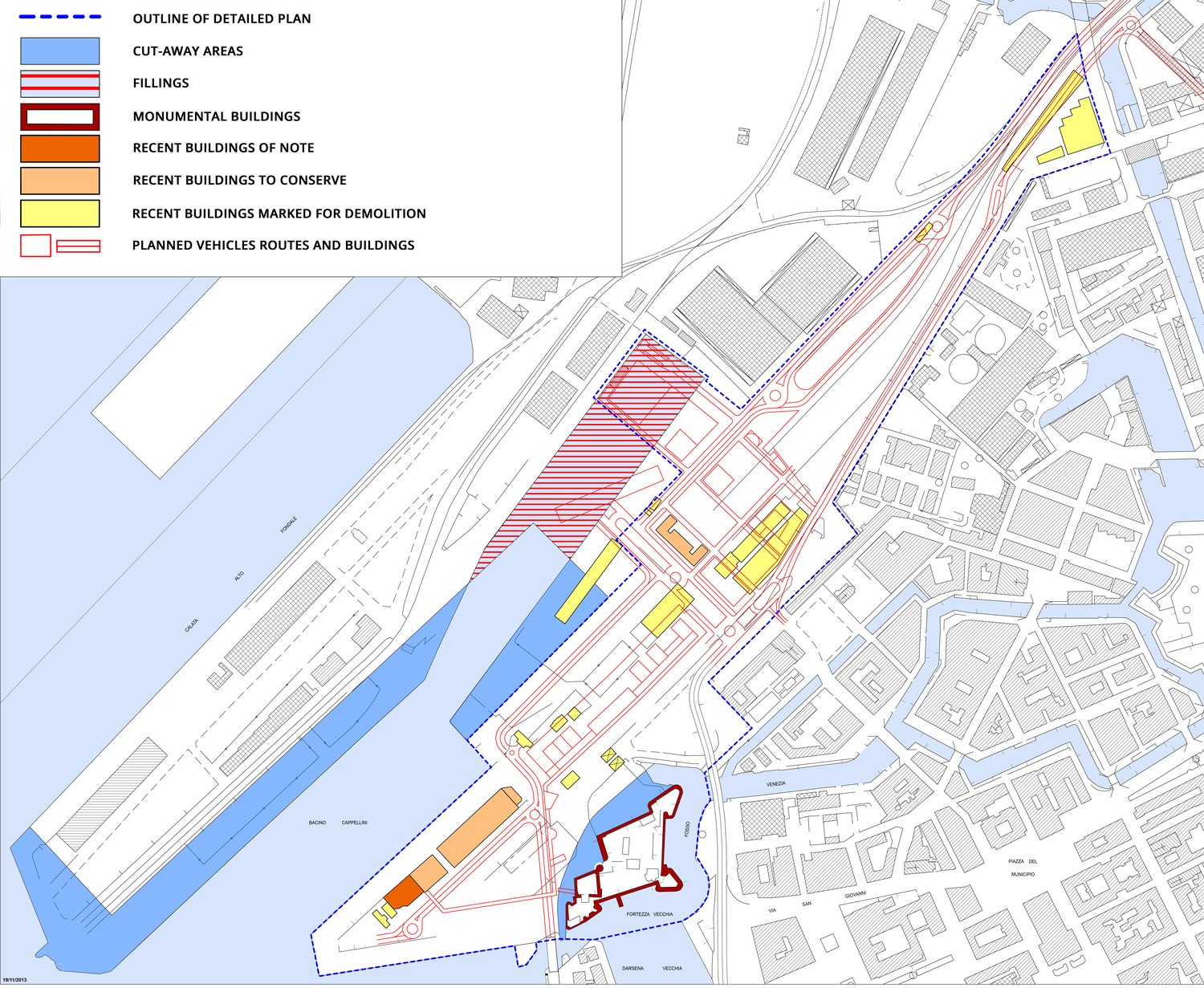
Current status and project status
New urban functions will be added (commercial, service, management, tourist reception).
Restoration and enhancement will take place involving historical heritage sites such as the Fortezza Vecchia, the Forte San Pietro, the Dogana d’Acqua, the Stazione San Marco, the Lorenesi city walls circuit and the canals of the Quartiere della Venezia or Venezia district.
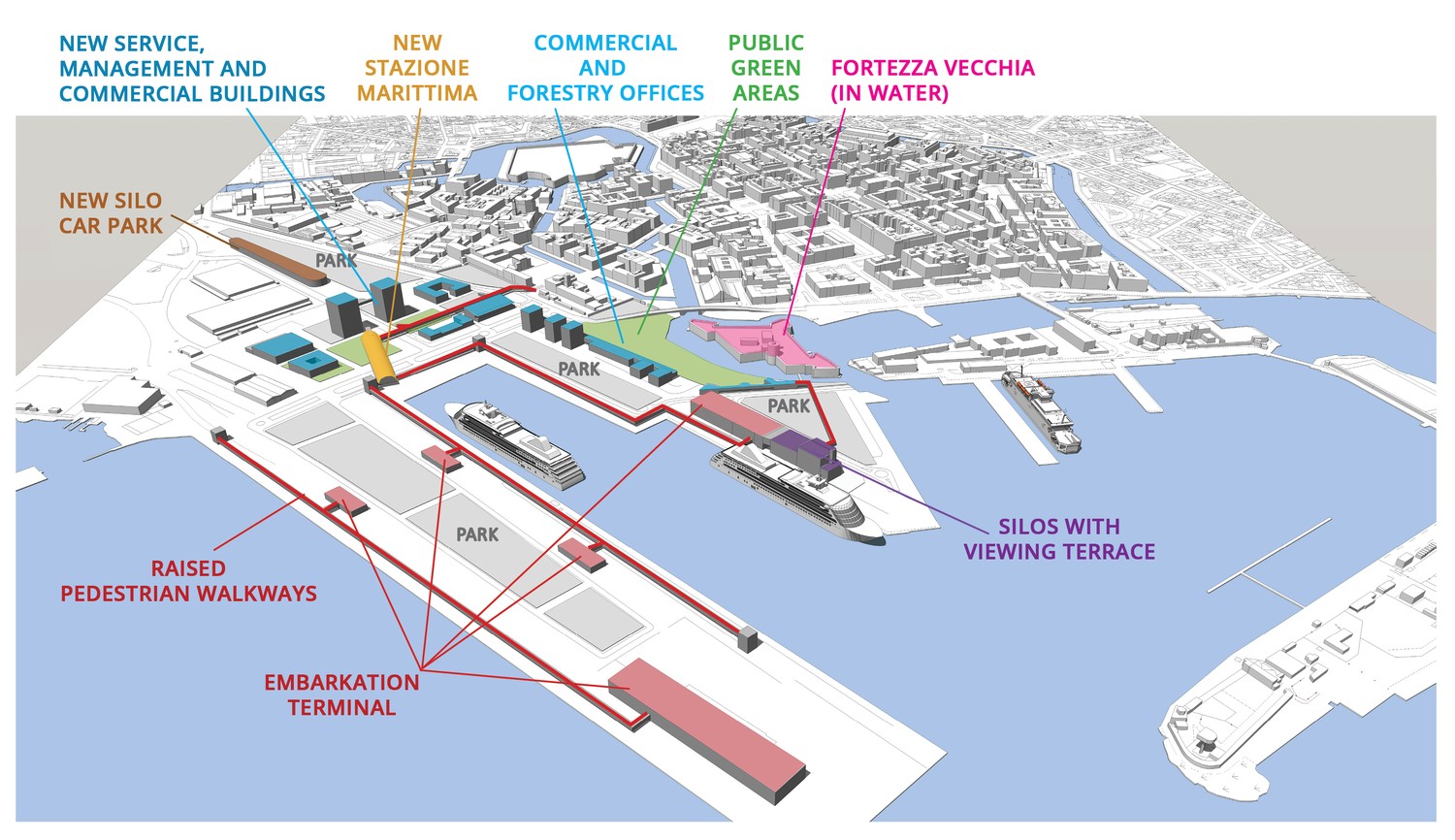
Outline of the proposal
The proposed work does not involve any particular environmental issues, since transformation aimed at reorganisation of the city and harbour areas and rationalisation of various types of infrastructure in order to improve traffic flows can only bring benefits.
There will however be significant socio-economic impact since planned investment should bring about a sharp rise in employment during the building phase and even subsequently.
The proposal


